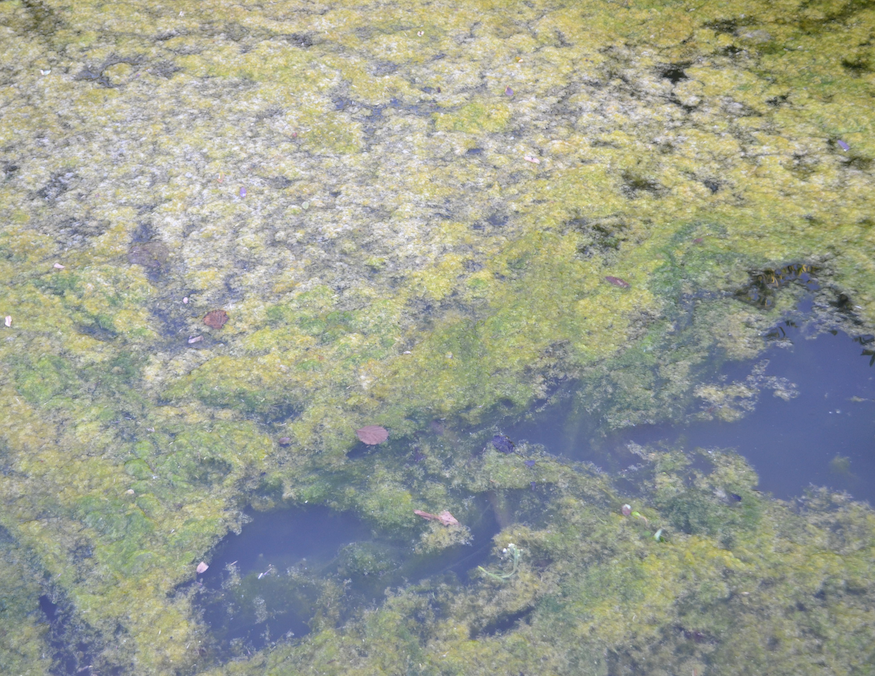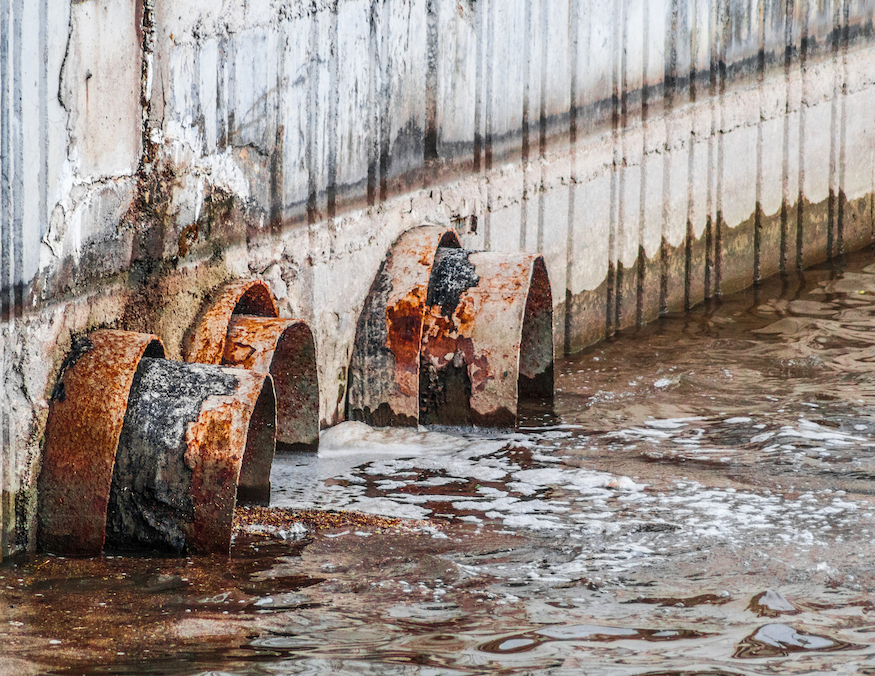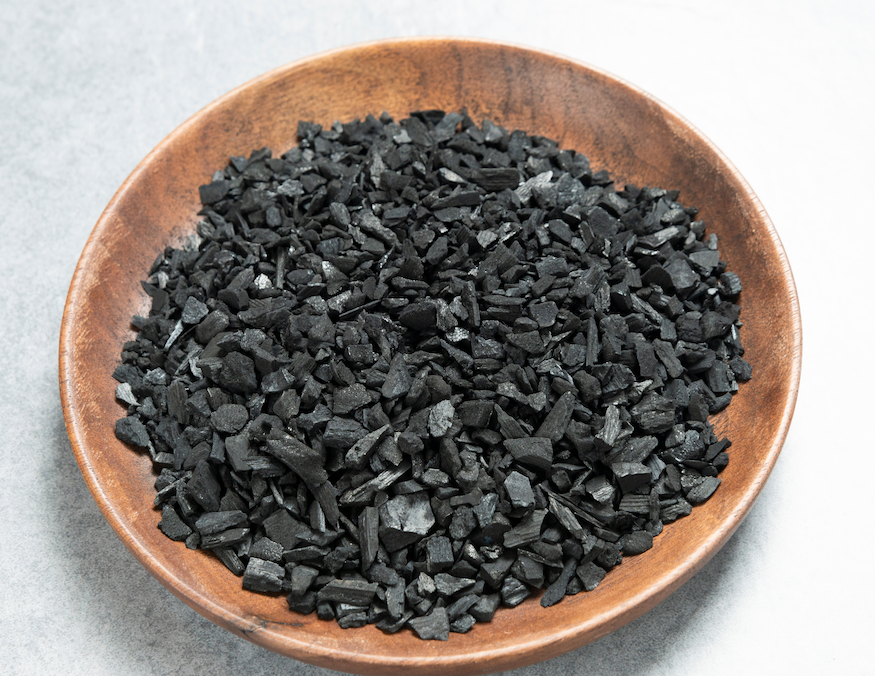Clean Water in a Changing Climate: The Role of Activated Carbon
- Bygen
- Jul 31
- 3 min read
Updated: Nov 2
Ensuring the safety of drinking water has become a critical challenge nowadays. This is a result of the devastating effects of global warming. Rising global temperature levels are melting glaciers and polar ice caps at an unprecedented rate. This not only increases sea levels but also causes the intrusion of saltwater into freshwater bodies, making those unfit for consumption.
Climate change has increased the frequency of hurricanes and floods, leading to greater surface runoff that carries pollutants and debris into water bodies, further affecting the drinking water systems. These residual elements make their way to drinking water reservoirs, affecting their quality and purity.
A rise in the temperatures in lakes and rivers makes these places an ideal breeding ground for harmful algae and bacteria. All these factors need a robust and comprehensive approach to drinking water treatment. Using activated carbon in drinking water systems helps generate clean and pure drinking water.

How Activated Carbon Works: Adsorption vs. Filtration
Before we learn the use of activated carbon for water purification, we must know how activated carbon works. For this, we have to learn the difference between adsorption and filtration.
Adsorption is a surface-based process, where dissolved substances (molecules or ions) adhere to the surface of a solid or liquid, called the adsorbent. The process plays a crucial role in removing dissolved substances, such as odours, gases, and chemicals, from liquids or gases at a molecular level. A common example is activated carbon filtration in drinking water systems.
Filtration is a process in which solid particles are removed from a liquid or gas. This is done physically by making it pass through a filter medium.

Climate-resilient applications of activated carbon
Drinking water treatment in flood and drought-prone areas often incorporates activated carbon. This removes organic pollutants and often other harmful compounds. During the 2018 water shortage in Cape Town, various water purification and conservation strategies were implemented to maintain the water supply. Although the city averted the immediate crisis, it continues to face long-term water stress and the need for resilient water treatment solutions. Moreover, wastewater is reused for essential purposes after the cleaning process.
Activated carbon is also used extensively in wastewater treatment systems for reuse. This can be used for both potable and non-potable purposes, after storms or wildfire events, during air quality control at water utilities, and more.

Advantages of Activated Carbon for Water Purification
Mentioned here are some of the advantages of using activated carbon for water purification:
Activated carbon helps to remove the toughest contaminants like pesticides, PFAS, chlorine, pharmaceuticals, VOCs, herbicides, organic pollutants, and many more by the adsorption mechanism.

The use of activated carbon in drinking water systems removes foul odour and bad taste from the water. Therefore, it is popular in home drinking water systems.

Activated carbon filtration helps eliminate COECs (contaminants of emerging concern), such as pharmaceuticals, endocrine-disrupting substances, and personal care products. Many of these compounds in water sources result from society’s increased use of pharmaceuticals and cosmetics.
Due to its large surface area and porous structure, activated carbon effectively adsorbs these micropollutants, making it a key component of sophisticated water treatment systems.
Activated carbon is safe and eco-friendly, with a relatively low emissions footprint compared to some other treatment methods.
In recent times, the creation of activated carbon using agricultural byproducts, rice husks, coconut shells, and sawdust, is gaining momentum. This is the best strategy implemented as an alternative to traditional raw materials, and also promotes sustainability.

Industries use activated carbon to improve the purification as a part of water treatment alongside other methods of reverse osmosis, UV Sterilisation, and membrane filtration.
Conclusion
As climate change impacts water quality through droughts, floods, wildfires, and emerging contaminants, activated carbon emerges as a reliable, adaptable, and robust solution. Its broad spectrum adsorption capabilities make it useful for removing multiple pollutants and improves the aesthetic quality of water simultaneously.


